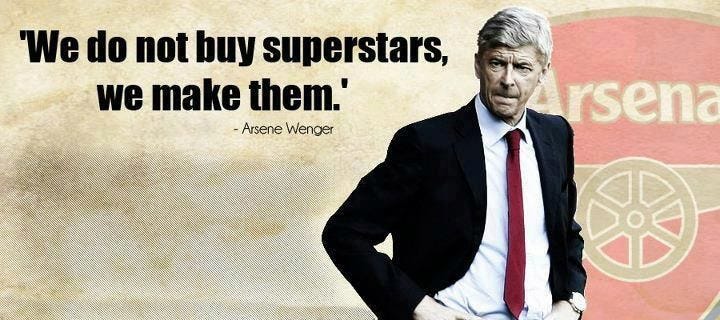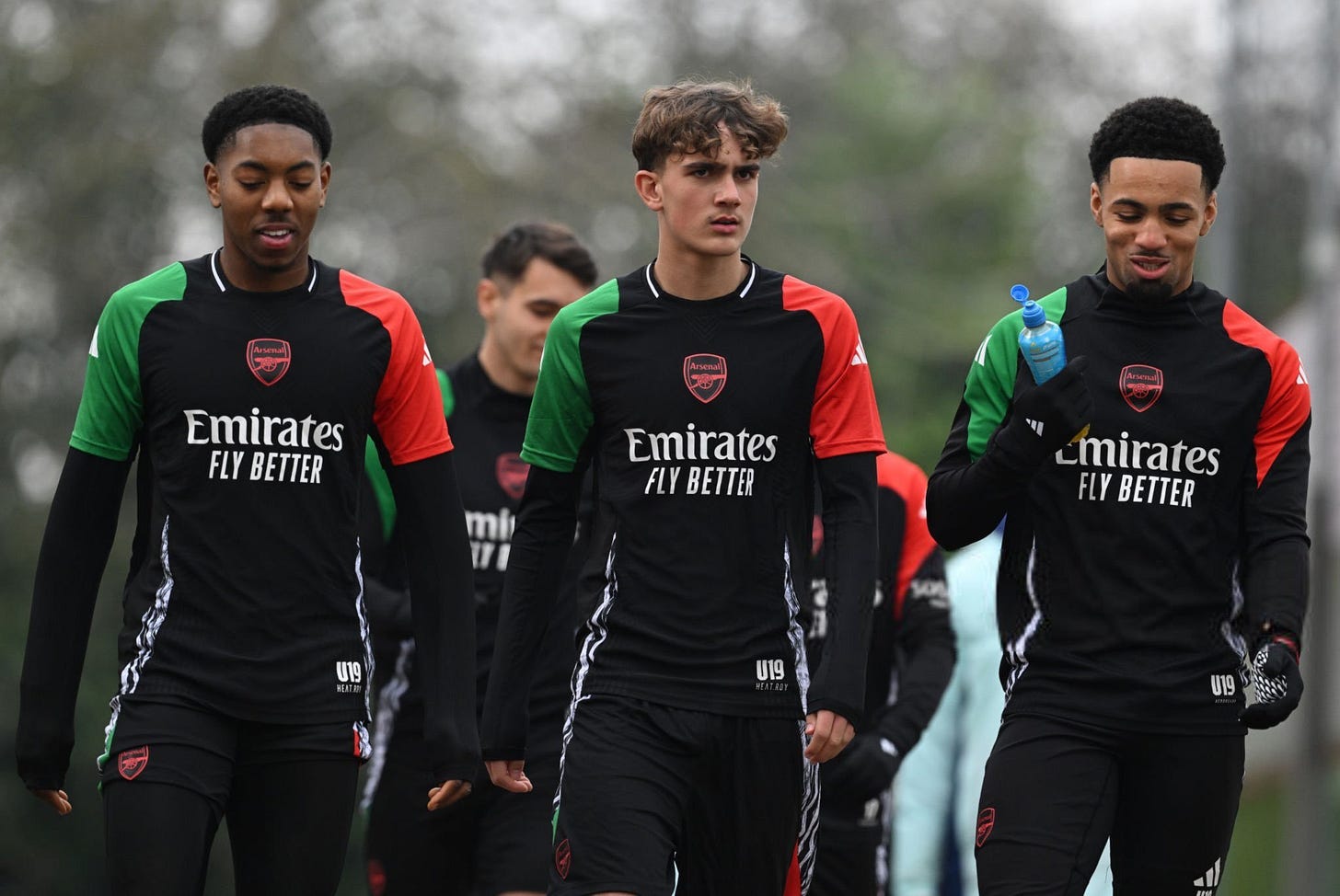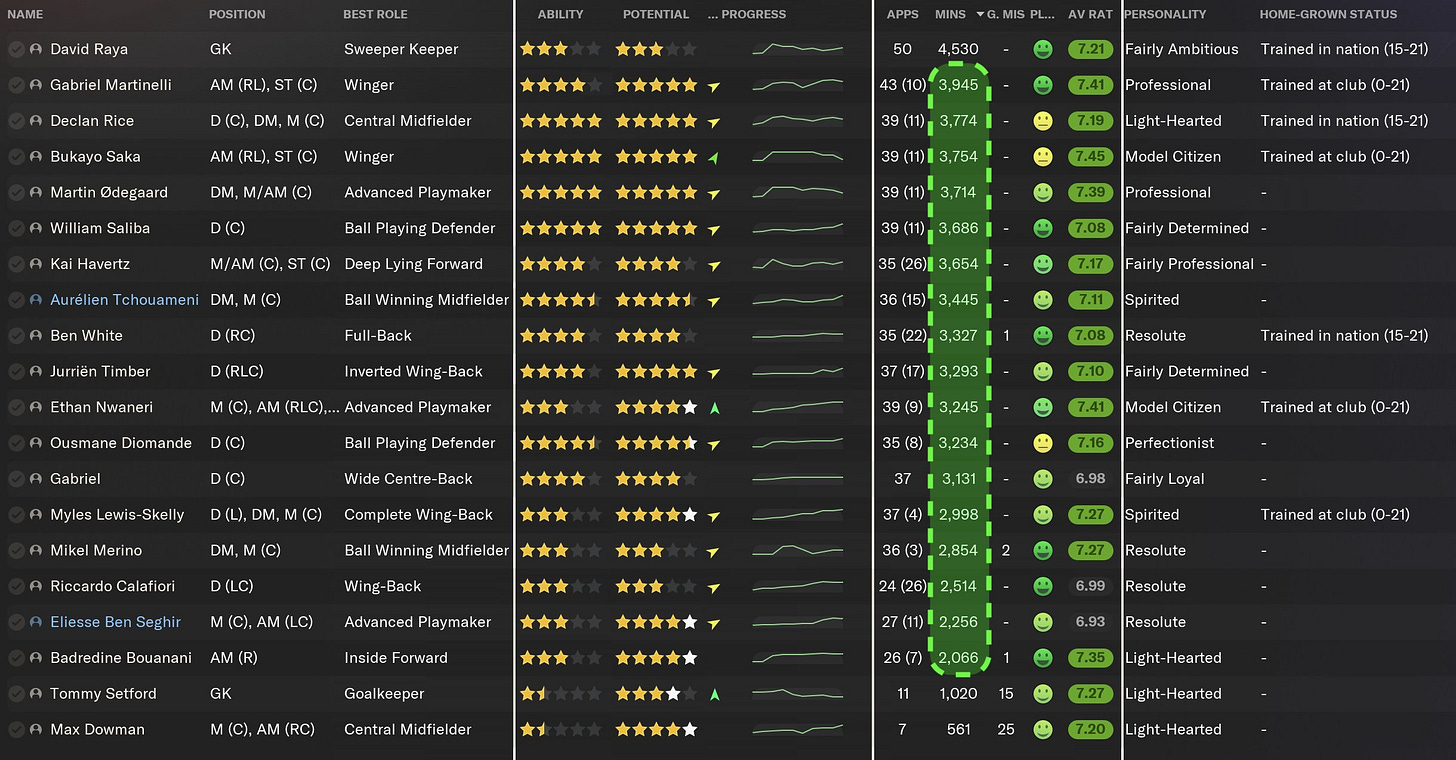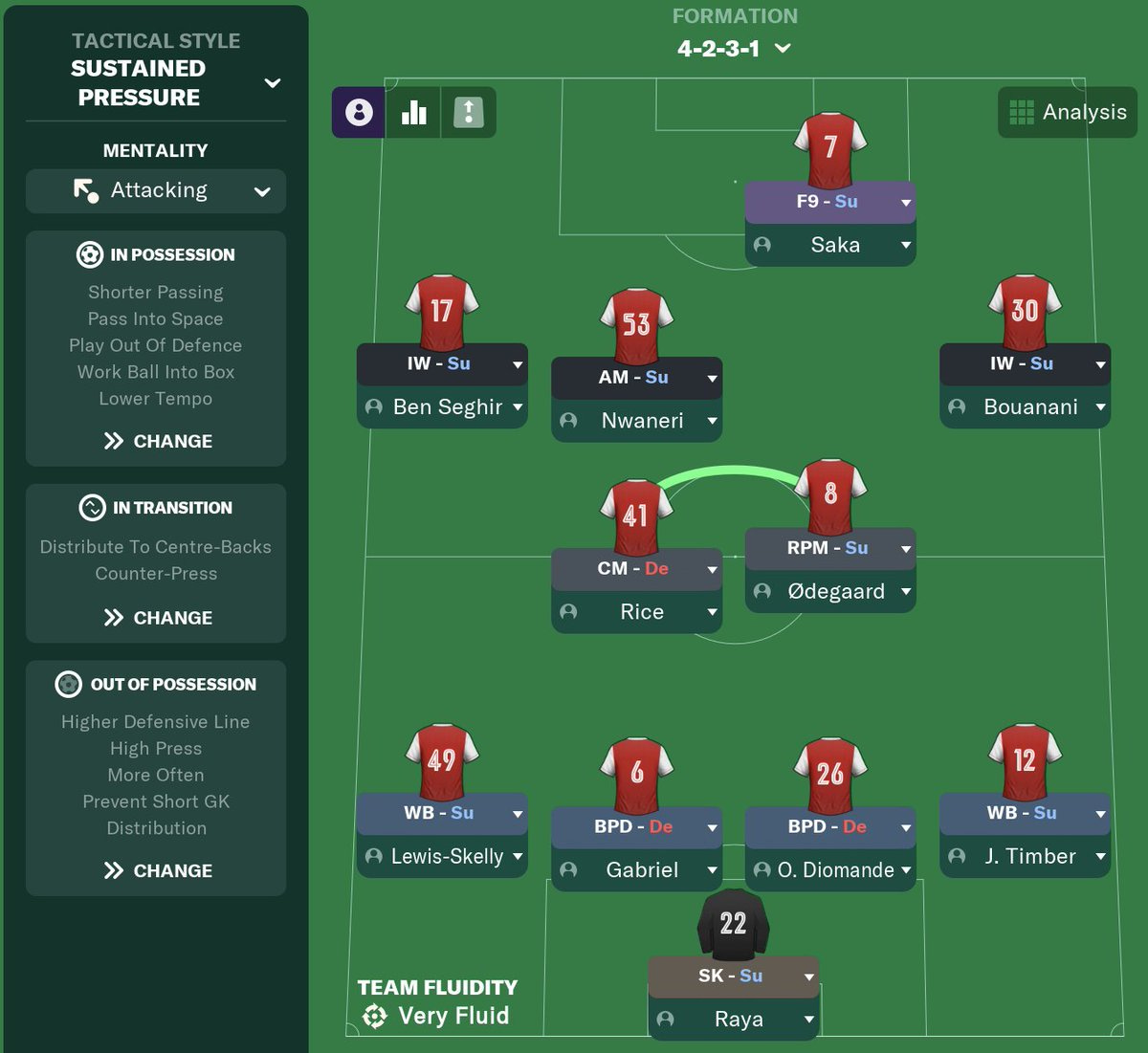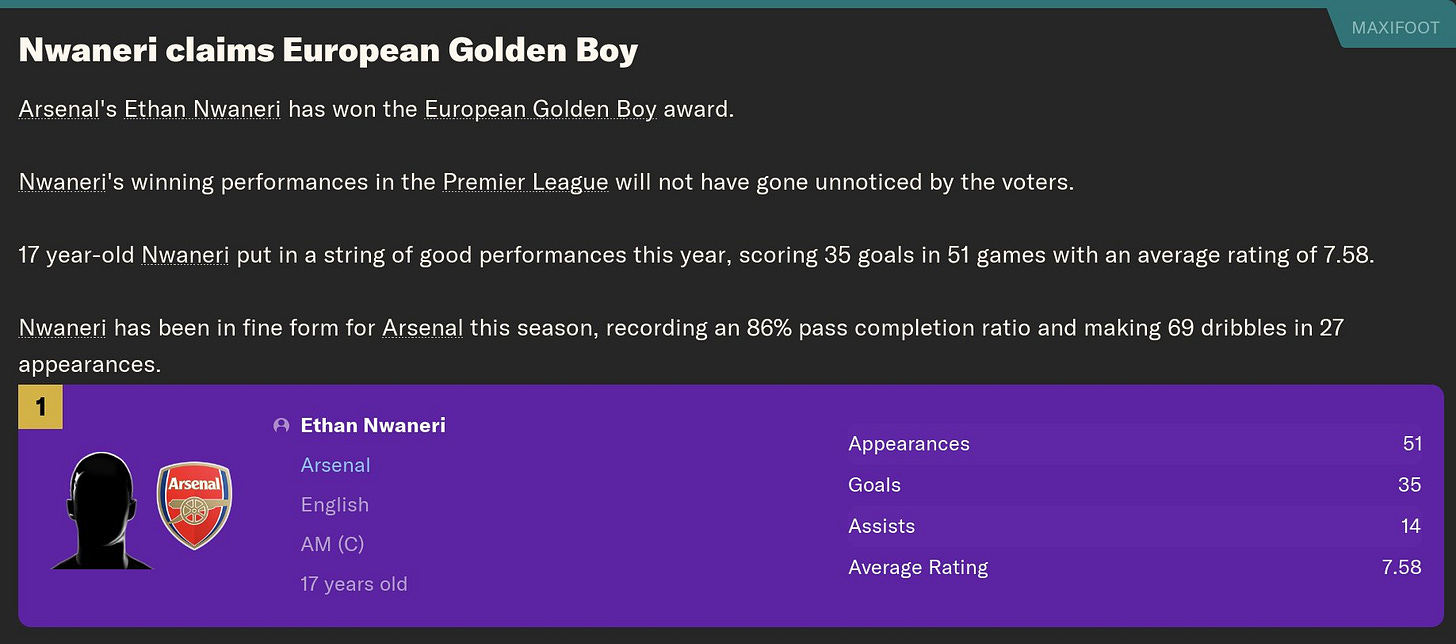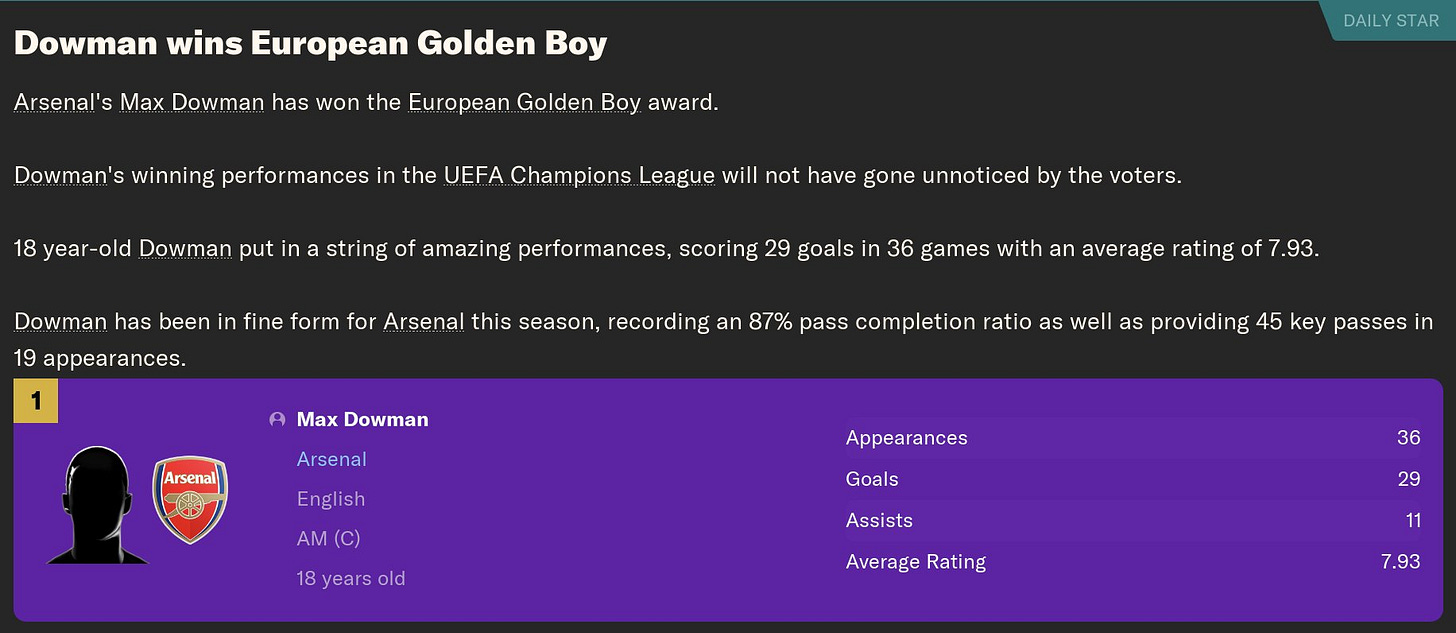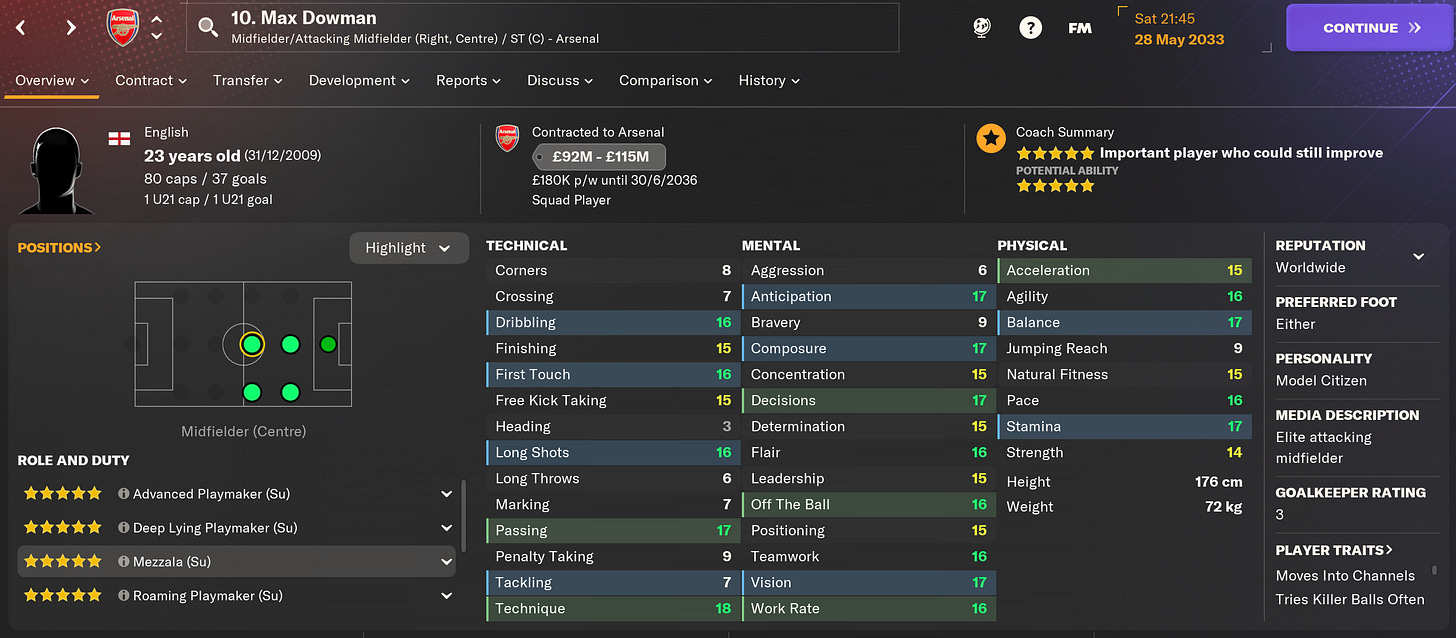Youth Development is the very essence of Football Manager 2024; scouring the world for wonderkids, watching proudly as they develop into legends, destroying your rivals, and conquering the football world, then selling them when they turn 29 years old, only to do it all over again..
Youth Development Mechanics
Youth Development in Football Manager 2024 is a function of:
Potential Ability
Youth Facilities and Coaching
Personality
Game Time
Training
Baseline vs Accelerated Youth Development
The entire football world knows about the Lamine Yamal’s, Ethan Nwaneri’s, and Myles Lewis-Skelly’s who explode into first-team football, but these wonderkids make up less than a single percentage of young players coming through elite youth academies.
Effective Youth Development must therefore ensure a baseline level of youth development that maximises the talent of every young player coming through an academy, as well as an accelerated pathway for players with elite potential.
Baseline Youth Development
‘Baseline’ of Youth Development refers to base-level, passive Youth Development that every young player at the club achieves through the Youth Facilities and Coaching before additional stimulus, such as game time.
Maximising baseline Youth Development ensures all players at the club develop toward their maximum potential, not only those who break into the first team.
Developing every player to the best of their ability is not only a source of potential first team players and club legends, but also a sustainable revenue source that can finance the Academy and the entire club.
Youth Facilities
Club Training / Youth Development facilities impact players at different stages of their development journey.
Training Facilities
Maintains or improves Current Ability of players in the first team squad
Youth Facilities
Improves the Current Ability of players in youth squads
Junior Coaching
Improves the Current Ability of players in youth intakes
Youth Recruitment
Improves the Current & Potential Ability of players in youth intakes
Consistently investing in these facilities over time will gradually improve the baseline level of Youth Development across your club, maximising the development of all young players in your academy system, creating a platform for elite players who go on to become stars, and a sustainable revenue stream for the club through selling those who may not make our squad, but have a foundation to achieve success elsewhere.
Coaching
Consistently investing in the quality of your Coaching staff is a simple way to maximise baseline Youth Development.
Head of Youth Development - for me - is the most important coaching role in Football Manager, as I will delegate to him youth coaching hiring decisions:
U21/19s Manager
U21/19s Coaches
General
Fitness
Goalkeeping
U21/19s Medical Staff
Then I manage the first team coaches which - unfortunately, in Football Manager 2024 - generally means hiring an assortment of disproportionately talented newgen coaches. The old romantic in me still tries to promote from within and hire real coaches where possible.
Accelerated Youth Development
Accelerated youth development refers to optimising player game time to turbo-charge the development of specific, talented young players.
Optimal game time can accelerate youth development significantly beyond the baseline development they would achieve passively through Youth Facilities and Coaching, but has a diminishing rate of return as too much football can result in fatigue and injury.
Game Time
Playing optimal game time maximizes on-field performance and transfer value, winning trophies, and creating legends, whilst generating huge revenue in the process.
Conversely, insufficient game time limits on-field contribution and can tank transfer value, whilst excessive game time can result in fatigue and injury.
Based upon my experience:
Youth Development tends to increase with game time up to around 3,000 minutes per season.
Development tends to plateau between 3,000 and 4,000 minutes.
Fatigue and injury gradually increase with game time, accelerating dramatically beyond 4,000 minutes.
Beyond 4,000 minutes, development tends to stall and start to decline as fatigue and injury catch up.
Please note that this varies from player to player, and luck plays a significant role; this is purely illustrative.
Optimal Playing Time
Based upon my experience, the optimal amount of game time to achieve maximum player development is approximately 2,000-3,000 minutes per season for most players.
Fewer than 2,000 minutes will still accelerate player development considerably, but will not quite achieve maximum progress.
More than 3,000 minutes and development begins to plateau, while fatigue and risk of injury continue to increase.
More than 4,000 minutes is pretty much a ticking time bomb.
Overall Team Game Time
An elite club competing on all fronts can play 50-65+ competitive matches - 4,500 - 6,000+ minutes - of competitive football per season.
38 Premier League games = 3,420 minutes
8-15+ Champions League games = 720-1,350+ minutes
1-6+ FA Cup games = 90-540+ minutes
1-5+ League Cup games = 90-450+ minutes
Charity Shield & UEFA Super Cup = 180 minutes
Managing Game Time
Effectively managing game time requires balancing two competing demands:
Maximising overall performance and results
Sufficient game time for promising young players to develop
My approach is to divide fixtures by context and select young players in domestic cups and - in strong sides - playing against bottom-half opposition.
Playing against lower-ranked Premier League and Champions League sides and playing in domestic cups gets young players 2,000 to 3,000 minutes of game time to turbo-charge youth development.
After 1-2 seasons, high-potential players will have developed enough to upgrade the domestic cup games for one set of the games against top-half opposition and, eventually, all of the games against top-half opposition.
Environment is King
Against lower-ranked Premier League and Champions League sides, younger players are likely to initially be playing above their level, so it’s important to balance the team effectively, ensuring they play alongside senior players in a functioning team during the early phase of youth development.
Depending on club priorities, you may rotate more aggressively in domestic cups.
Finding Potential Superstars
Teams play a finite number of games each season, and you also need to maintain maximum overall performance and results - if you want to still be around by the time the players are developed - meaning it is essential to be selective with the players you invest game time in.
Key characteristics of potential superstars:
Potential Ability
Personality
Potential Ability
Potential Ability is a hidden attribute that determines how much a player can develop, which is gauged in-game through player star-rating for potential ability, which may be more or less accurate depending on the Judging Player Potential attribute of your scouts and coaches.
Potential Ability is fixed at the start of a game for existing players, or upon youth intake for newgen players.
There is no way to increase Potential Ability through any form of Youth Development, so it is essential to pick the right player.
Personality
Personality is more flexible than Potential Ability, as you can gradually improve player personality over time through mentoring.
Professionalism and Determination are the most important mental attributes for Youth Development.
Ideal young players should have a fairly positive personality, but you can improve this a lot over time by mentoring with the right senior player.
Training
The role of training in Football Manager 2024 is to determine how the increased Current Ability - as a young player develops - translates to their attribute profile.
Training has three layers:
Team Training
Team training - for me - is absolutely nothing fancy.
Balanced training provides a broad foundation, covering all attributes, set pieces, match preparation, and managing workload during a busy schedule.
Individual Training
Individual Training trains a player for a specific role.
Typically, either the role a player will play, the broadest role in terms of attributes in their position, or retraining a new position.
Additional Focus
Additional Focus allows you to focus on very specific areas you would like a player to improve; typically, either bringing up a weak spot or training an attribute not covered in the Individual Training.
Hale End ‘Golden Generation’
I get a lot of requests to show how Ethan Nwaneri, Myles Lewis-Skelly, and Max Dowman have developed, so I will close with some brief notes.
Bukayo Saka
Bukayo Saka is already near maximum development at the start of the game.
Most attribute growth is hitting his maximum Potential Ability
Retrained him to play as False 9 and Attacking Midfielder
Focused on adding lethal finishing
Bukayo is now club captain, England centurion, and has tutored the rest of the pack for a decade.
Ethan Nwaneri
Ethan Nwaneri has the highest raw potential of the bunch.
Most attribute growth will happen naturally as he reaches maximum potential
Needs some focus on Strength, Stamina, Decisions, and Anticipation
Mentored by Bukayo Saka to Model Citizen
Won European Golden Boy after playing 3,000 minutes in his first season.
Took on the mantle of Arsenal’s legendary #14 jersey; multiple Ballon d’Or winner, and England centurion by the age of 25 years old.
Myles Lewis-Skelly
Incredibly well-rounded profile; answers both the question of completing the midfield with Rice and Ødegaard, or the Left Back we have been missing.
Most attribute growth will happen naturally as he reaches maximum potential
Retrained to play Left Back and Left Midfield (just in case)
Mentored by Bukayo Saka to Model Citizen
Made mum proud; Arsenal’s iconic #4, Vice Captain, and another England centurion.
Max Dowman
Too young for the original game so included with the Passion4FM NextGen Wonderkids database.
Very raw and so young, he is a blank canvas to develop in any way you wish
Needs individual focus on Stamina and Strength
Retrained him as Attacking Midfield, False 9, Right Wing, and Right Midfield as I was never sure how he would fit in.
Eventually became the long-term replacement for Ødegaard, playing as a Mezzala alongside Rice & Myles.
More gradual development, building a foundation in the academy before eventually taking over from Ødegaard a few seasons in.
Another iconic jersey with #10, another European Golden Boy to Ballon d’Or, soon to be another England centurion.
Thankyou!
Thank you very much - as always - for reading and supporting my content; I hope you enjoy reading as much as I enjoy writing and find something useful to apply in your own games.
Please be sure to subscribe & share if you have enjoyed reading!




